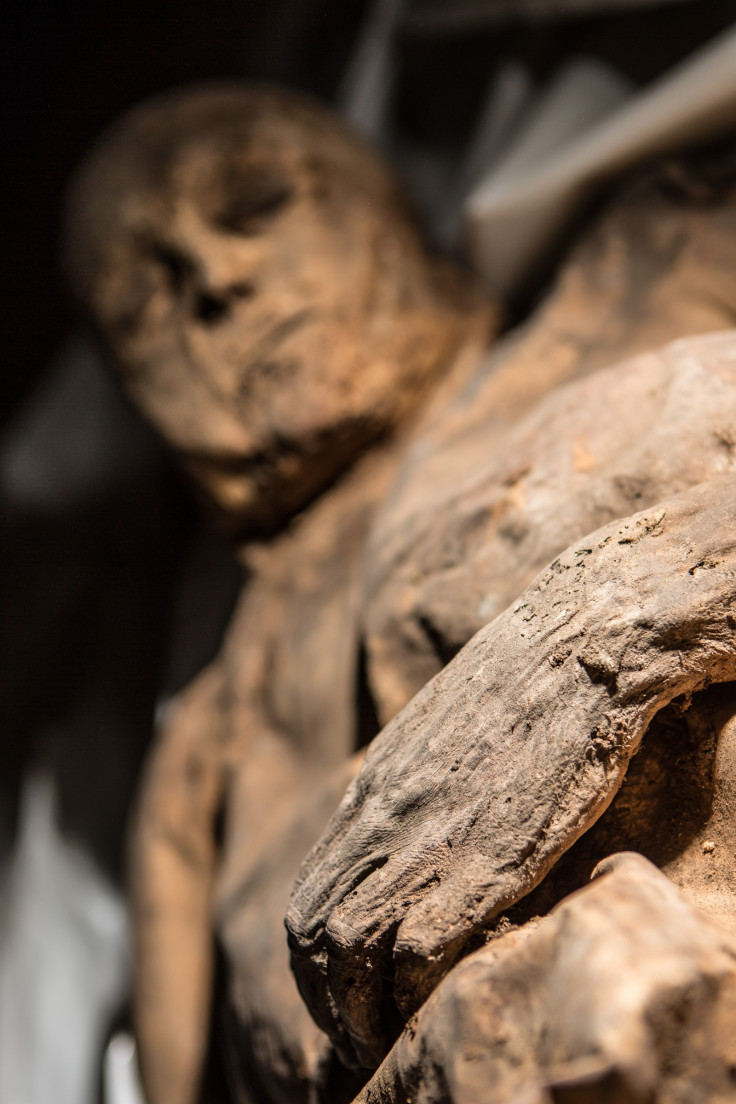Child mummy sheds light on the ancient history of deadly smallpox
The variola virus that causes smallpox diversified much later than scientists thought.

A child mummy from the 17<sup>th century has shed a new light on the history of smallpox. Although the disease has been documented in ancient civilisations, scientists now think that this chronology is incorrect and that the virus that causes smallpox diversified more recently than previously thought.
Smallpox is the first disease for which a vaccine was successfully developed and to date, it remains the only human disease completely eradicated by vaccination. This means that is holds a unique position in the history of medicine and that retracing its origins is of particular interest to scientists.
"Smallpox is particularly fascinating. Throughout history, it was a disease that was greatly feared, with a high mortality rate. Finding a vaccine was a real success, but we still know remarkably little about the variola virus that causes smallpox. We know it only affected humans but we don't know when it first emerged and what the natural reservoir was. We hope that with study like ours, we can find out more", Ana Duggan, first author of the study published in Current Biology, told IBTimes UK.
Past studies have documented cases of smallpox in Egypt, India and China spanning thousands of years. The most famous is perhaps the pustular rash on the mummified body of Pharaoh Ramses V in Egypt.
Based on physical assessment or on texts describing pustular rashes, scientists have retrospectively diagnosed smallpox, perhaps incorrectly.
There are indeed indications that these ancient cases of smallpox might actually not have been smallpox at all, but other types of pustular rashes, as the new study suggests.
Lithuanian mummy
The team has worked with a Lithuanian child mummy dating from between 1643 and 1665 – close to the time when several deadly European epidemics of smallpox occurred. The child had been between 2 and 4 years old when he died, and there is evidence that he suffered from smallpox, even though it is not clear if that was the cause of death or if it happened sometime before.
Using this mummy, the scientists have reconstructed and sequenced the genome of an ancient strain of variola virus.

They compared it to later versions of the variola virus genome dating from the mid-1900s and from before its eradication in the late 1970s. The analysis suggests that all of these viral samples share a common ancestor that originated earlier than expected, between 1588 and 1645.
Furthermore, key evolution of the virus is shown to have appeared in a more recent past than thought recently. The diversification of major viral lineages only occurred within the 18<sup>th century and 19<sup>th century – and around the time the smallpox vaccine was developed. All of this backs up the idea that Ramses V and other ancient cases classified as smallpox were probably not smallpox.
By clarifying the history of smallpox and its virus, the researchers hope their work can contribute to better tracing and monitoring smallpox and other DNA viruses over time.
"Now, we want to collect more samples, particularly around the end of the 18th century when the vaccine was introduced to see if we can refine our timescale a bit. We also would like to get samples from around the time of the colonisation of the Americas, since some native populations are thought to have died of smallpox after coming in contact with the settlers. It would be interesting to investigate this further," Duggan concluded.
© Copyright IBTimes 2025. All rights reserved.






















